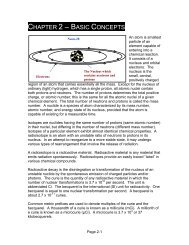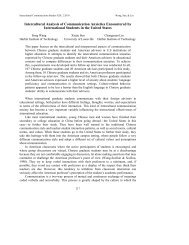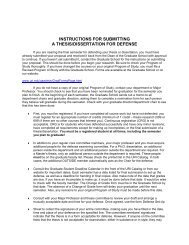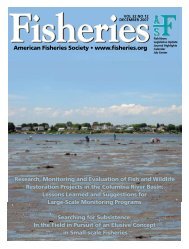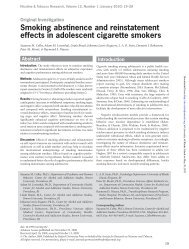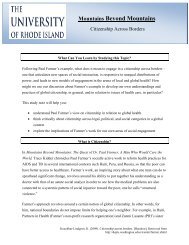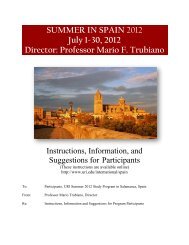asian approaches to human communication - University of Rhode ...
asian approaches to human communication - University of Rhode ...
asian approaches to human communication - University of Rhode ...
You also want an ePaper? Increase the reach of your titles
YUMPU automatically turns print PDFs into web optimized ePapers that Google loves.
Intercultural Communication Studies XII-4 2003 Asian Approaches <strong>to</strong> Human Communication<br />
are matters <strong>of</strong> effectiveness and appropriateness and matters <strong>of</strong> right and wrong.<br />
Recent literature in the intercultural field pinpoints Eurocentric biases in<br />
theorizing <strong>communication</strong> competence and ethics (Chen, 1993, 1994; Shuter,<br />
2003; Yum, 1993, 1994). From a Korean perspective, for instance, Yum (1994)<br />
makes a sharp observation that “mutual” (in)competence instead <strong>of</strong> “individual”<br />
(in)competence should be duly emphasized. Asiacentric need/problem-centered<br />
conceptualizations <strong>of</strong> <strong>human</strong> <strong>communication</strong> competence and ethics will provide<br />
rich insights in<strong>to</strong> such an important theoretical issue.<br />
Asiacentric Content Dimensions<br />
The <strong>communication</strong> metatheory <strong>of</strong> Asiacentricity insists on viewing Asian<br />
cultures as central sources in theorizing, not as peripheral targets in researching<br />
(see Misra and Gergen [1993] and Sinha [1996] for discussions on the place or<br />
role <strong>of</strong> culture in knowledge production). The content <strong>of</strong> theoretical knowledge<br />
in and from Asia ought <strong>to</strong> reflect the diverse and distinct cultural traditions <strong>of</strong><br />
Asia. In this second section, I will expound on what kind <strong>of</strong> knowledge should<br />
be explored and theorized in Asiacentric <strong>communication</strong> scholarship. Three<br />
content dimensions that I find essential in search <strong>of</strong> the Asiacentric knowledge<br />
<strong>of</strong> <strong>human</strong> <strong>communication</strong> are (1) concepts in Asian everyday languages; (2)<br />
principles from Asian religious-philosophical traditions; and (3) struggles in<br />
Asian his<strong>to</strong>rical experiences.<br />
First, Asiacentric <strong>communication</strong> theorists should explore and establish<br />
Asian concepts in Asian everyday languages in order <strong>to</strong> reconsider and<br />
reconceptualize the nature <strong>of</strong> <strong>human</strong> <strong>communication</strong>. Concepts are vital <strong>to</strong> any<br />
theory because “The most basic element <strong>of</strong> a theory is its concepts” (Littlejohn,<br />
2002, p. 20). In order <strong>to</strong> construct Asiacentric theories <strong>of</strong> <strong>communication</strong>, it<br />
behooves Asiacentrists <strong>to</strong> define, delimit, and develop Asian concepts in Asian<br />
languages (Dissanayake, 1988; Miike, 2002, 2003ab; Okabe, 1991). Diffused<br />
concepts used in <strong>communication</strong> research about Asia originate in European<br />
languages, mostly in English, and hence reflect the linguistic worlds <strong>of</strong><br />
Europeans or U.S. European Americans. Those Eurocentric imported concepts,<br />
even though they are translated in<strong>to</strong> Asian languages, remain quite foreign <strong>to</strong><br />
Asians who live in completely different linguistic worlds.<br />
Three fundamental tasks must be undertaken <strong>to</strong> valorize Asian indigenous<br />
concepts in Asian languages as legitimate analytical <strong>to</strong>ols for <strong>human</strong> <strong>communication</strong><br />
research. The first task is <strong>to</strong> describe both synchronically and<br />
diachronically Asian words and phrases, particularly in everyday use, whose<br />
meanings are directly and indirectly related <strong>to</strong> <strong>communication</strong>. Chen (2002a),<br />
for instance, examines language expressions that were used <strong>to</strong> represent<br />
<strong>communication</strong> activities in traditional China. Such a linguistic examination has<br />
46




